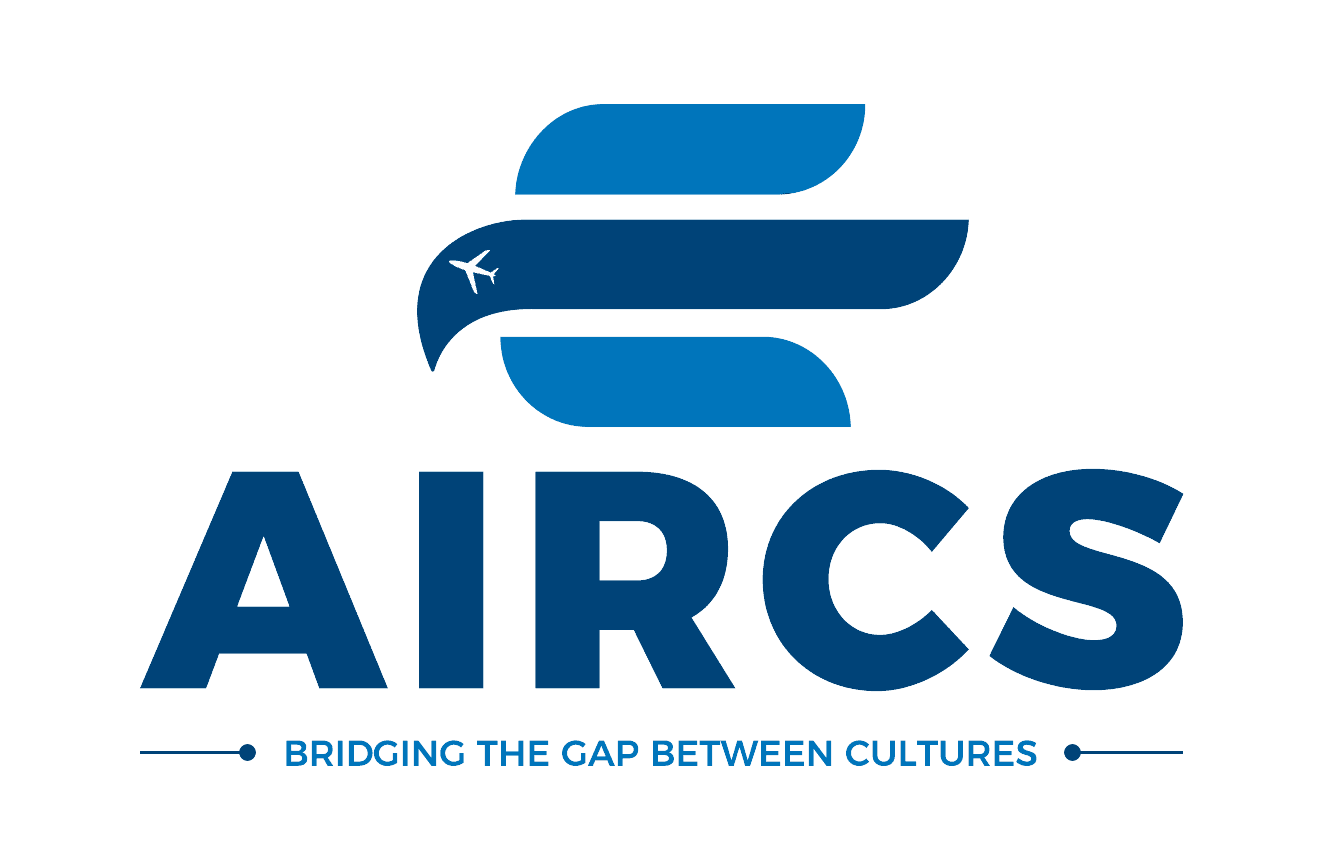How to Write a Strong Cover Letter for Visit Visa Applications from Pakistan
Visa applications, especially for visitation, involve a lot of planning, and thus, writing a good cover letter is crucial. In particular, for applicants from Pakistan, a well-written professional, and detailed cover letter can produce a long-lasting impact on getting the visa. In this guide, therefore, you get an overall guide on how to write a cover letter that will be persuasive to visa officers.
- Why is a Cover Letter Important?
A cover letter is considered to serve as your statement to the visa officers, which provides:
- Clarity of Intent: It explains why you want to visit the country and the nature of your visit (tourism, family, medical, or business).
- Additional Context: It ties together other submitted documents, ensuring your application is coherent.
- Personal Touch: It showcases your personality and genuine intentions, distinguishing your application from others.
- Structure of a Strong Cover Letter
Your cover letter should be written in a more formal, clear, and professional format:
- Header: Include your full name, address, contact details, and the date.
- Recipient’s Details: Address the letter to the appropriate embassy or consulate (e.g., “The Visa Officer, [Country’s] Embassy in Pakistan”).
- Subject Line: Mention the visa type and purpose of travel (e.g., “Application for Tourist Visa to Visit [Country]”).
- Main Body:
- Introduction: State your intent and provide a brief personal background.
- Details of the Trip: Explain your travel plans, including dates, itinerary, and purpose.
- Financial Details: Highlight how you will fund the trip and attach supporting financial documents.
- Ties to Pakistan: Reassure the officer about your return by mentioning your employment, family, or property ties.
- Conclusion: Reaffirm your intent to return and thank the officer for considering your application.
- Formal Closing: Use a polite closing phrase, such as “Sincerely,” followed by your signature.
- Key Elements to Include
To ensure your cover letter is effective:
- Personal Information:
- Full name, nationality, passport details, and contact information.
- Current employment status and designation.
- Purpose of Visit:
- Clearly state the reason for your travel (e.g., tourism, attending an event, visiting family).
- Mention any invitations or pre-arranged activities with proof (e.g., invitation letters, event registrations).
- Travel Itinerary:
- Include entry and exit dates, accommodation details, and travel bookings.
- Highlight activities you will undertake, such as sightseeing or cultural visits.
- Financial Evidence:
- Provide proof of sufficient funds through bank statements, salary slips, or a sponsorship letter.
- Mention estimated expenses and how they will be covered.
- Ties to Home Country:
- State your current employment, dependents, property ownership, or other commitments ensuring your return to Pakistan.
- Writing Tips
- Professional Tone: Avoid overly emotional language and keep the tone formal.
- Brevity and Clarity: Be concise but ensure all necessary details are included.
- Consistency: Ensure information matches other application documents.
- Customization: Tailor the letter to the specific requirements of the destination country.
- Common Mistakes to Avoid
- Generic Content: Avoid using template-based letters without personalization. Visa officers can easily spot these.
- Irrelevant Information: Focus on travel and visa-specific details; omit unnecessary personal anecdotes.
- Lack of Supporting Documents: Reference all attached documents clearly in the letter.
- Errors and Omissions: Proofread the letter to avoid spelling or grammatical mistakes.
- Conclusion
For this reason, writing a good cover letter lifts the chances of visa approval significantly. Take it as a chance to argue your point and do so cogently. Be objective, specific, and formal and all the statements must be supported by some sort of evidence.


